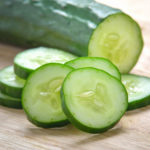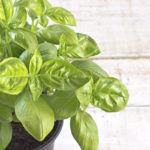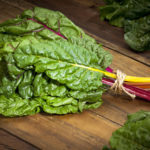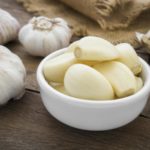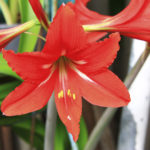Don't Eat the Calendula
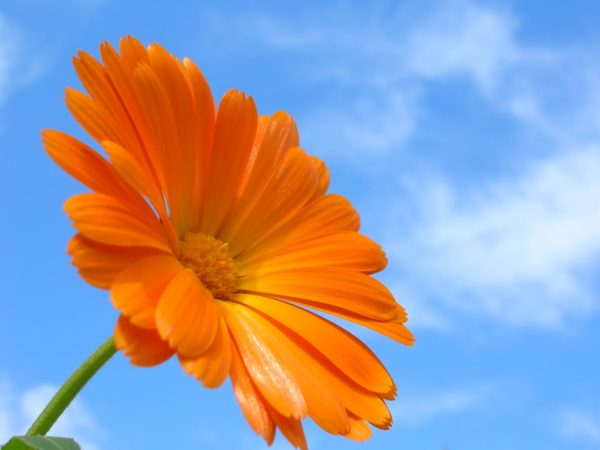
A smart man, it is said, learns from his mistakes; a wise man learns from the mistakes of others. So learn from mine. I would like to take this opportunity to point out that just because those round, white, iridescent “gumballs” may be hidden away in Aunt Nancy’s basement cupboard, that does not mean that they are a rare and secret hard candy. It means the foulness of that mothball I tasted briefly at age nine lingers on my lips to this very day.
The moral of the story is, of course, just because someone tells you something is edible, that doesn’t mean it’s true.
Which brings me to calendula, a.k.a. the pot marigold, which is usually listed as an edible plant. But there is a subtle warning there; “edible,” is often rendered in quotes. “Edible,” as in bitter. “Edible” as in a post-apocalyptic garnish for the cans of dog food.
So I’ll pass.
Though calendula (Calendula officanalis) doesn’t taste very good, it serves other purposes in the garden. For one thing, it’s good for pointing at and saying, “That one’s edible,” which generally impresses people. Its uses as a topical treatment for problem skin are well documented. The golden yellow flower petals mixed in white rice will change the rice’s color without changing its flavor. But its most magical quality in the garden is that an established pot marigold can shake a hard frost and can even sometimes outlive a cold winter, to reemerge in spring ready to flower.
Calendula prefers a well-drained soil. It flowers best in full sun but will not flower through the heat of summer. Start it early indoors and set out after the last frost, or plant in late summer to flower in early autumn. Though it is considered a drought-tolerant plant, here in Tucson our calendula easily survives the few hard frosts we get every winter, while the brutal Arizona summers kill it swiftly.
Calendula in the border of a bulb-planted flowerbed masks the browning leaves of the bulbs, whose flowers fade rapidly but whose leaves remain to regrow the spent bulb.
Dead-heading – that is, removing the spent flowers – promotes and prolongs flowering. Conversely, leaving the spent flowers on the plant allows it to go to seed, and in many cases it will self-sow and return next spring. Cut brown stems and leggy, yellowed leaves back to encourage healthy, vigorous growth and flowering. I trim ours back in early spring and late summer.
It is a lovely little plant, but also something of a life-lesson. Let it remind you that when someone tells you something is edible, profitable, educational and/or legal, look for the quotation marks. And doublecheck with some authoritative sources. And even then, while indulging may not kill you, it might be best to emulate Dr. Weil and simply admire the subject at hand through the window, while eating something else.
By Jace Mortensen, Guest Commentator
DrWeil.com News


